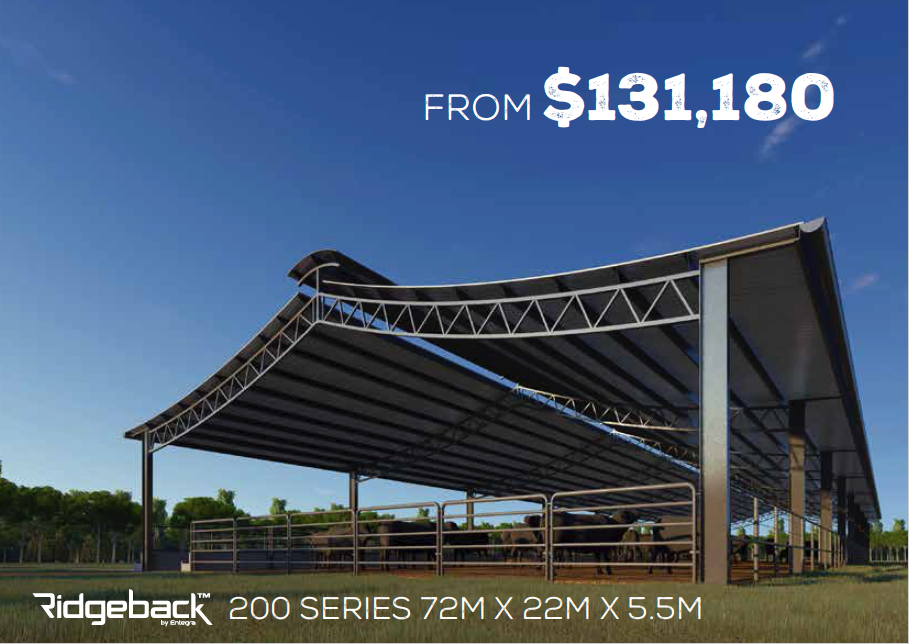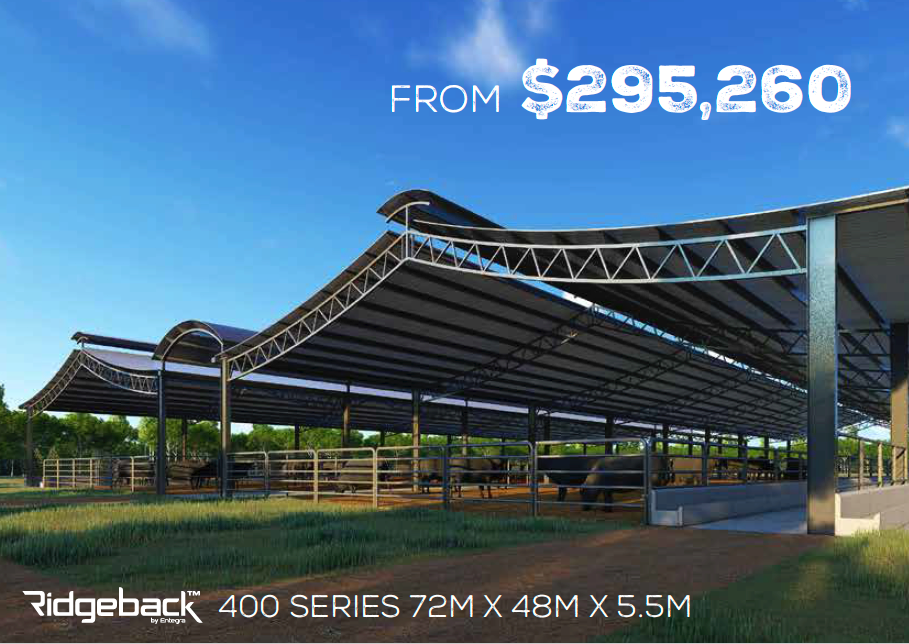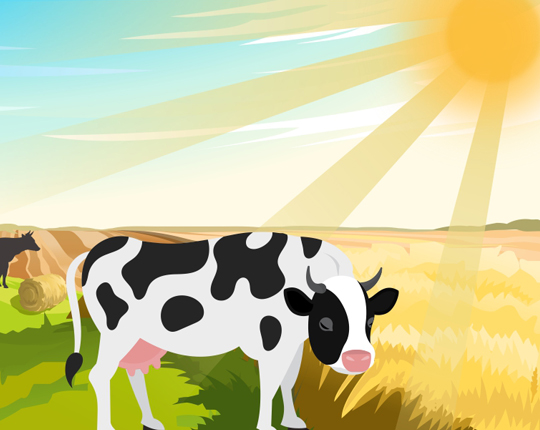Reducing cattle stress
Is it more evident in a Wagyu Feeding Program?
Written by Andrew Bray, Agribusiness Project Developer and Commodity Marketer at ETSAL Group
It is now well documented that low stress cattle perform better in feedlot situations. If you have spent so much time and effort getting the genetics, health and composition of your fullblood or F1 Wagyu feeder right, why would you not want to maximise the income potential of that feeder?
Climatic conditions, especially heat stress but also cold, wet conditions experienced in southern states over winter periods, have a significant direct effect on the stress levels of cattle. What is heat stress in cattle? At temperatures above 25 degrees Celsius, cattle reduce their body heat through increased sweating and water consumption, reducing feeding habits, less physical movement and seeking shelter.
Ridgeback TM at Darwin cattle yards
Investigations have shown that stress leads to low immunity in cattle which affects their ability to fight off viral infections which in turn damage respiratory function and can lead to Bovine Respiratory Disease (BRD), the most common cause of illness and death in Australian feedlot cattle.
Studies in the USA have shown that any feeder treated for BRD will have significantly lower marbling and predominantly lower carcass weights than healthy animals. It is also well proven that sick cattle go off feed and use more energy to fight off an illness. This results in less energy available for growth and marbling.
A reduction of one marble score level can often be the difference between profit and loss over a lengthy feeding regime, keeping all other variables neutral. Nowhere is it more evident than in a wagyu feeding program where all effects are magnified over a 400 day plus program.
One of the fastest growing segments within the Feedlot industry which breaks from the traditional outdoor pen feedlot configuration is the permanent housing of feeder cattle in so called “feed sheds”.
This pathway stems from the dairy industry which has been using such platforms for many years and achieving marked increases in productivity and profitability. Feedlot operators in Australia have been slow to adopt such practices whilst around the world but especially in the USA, indoor confinement sheds are seeing a surge in popularity.
Well-designed feed sheds provide protection from sun, wind and rain, whilst channelling air flow through the facility lowering humidity. These are the leading factors in controlling a low stress environment. With rain comes mud which directly links to decreased feed intake, pronounced increase in feed conversion ratios and a higher cost of Kg gain.
Of course, all the normal feedlot precursors apply, such as appropriate stock density, essential induction vaccinations, quality balanced ration, ample clean water and low stress handling techniques.
Feed sheds also have desirable environmental outcomes of a smaller land footprint whilst maintaining high capacity turnoff, reduction of odour, ability to harvest significant rain water and most importantly, removal of nitrogen leaching and contamination run off commonly associated with outdoor facilities. They also can produce higher quality manure for composting and reuse, reducing the need for chemical fertiliser in feed production.
Feed sheds come in all shapes and sizes but have a common goal of feeding stock for defined purposes, all with the aim of improving profitability. Whether it be to wean progeny, to putting condition on heifers prior to joining, to growing out feeder cattle to traditional feedlot entry weights or simply to fatten to slaughter weights, feed sheds provide another tool to assist graziers improving the productivity of their operations.
As an early weaning facility, it allows calves to be pulled off their mothers and takes pressure off winter pastures all the while quieting down weaners and bunker training them early. This in turn allows breeders to retain condition and get them back to the calf quicker. Research out of the University of Illinois USA, showed calves weaned at a younger age (5-6 months) and put directly onto a finishing diet had higher marbling scores compared to older weaned calves, even those that were creep-fed.
Entegra Signature Sheds have a range of feed sheds to meet every situation. From on-farm 200 head and 400 head designs through to large feedlot situations where their Ridgeback™ shed with active design features such as its self-ventilation, concave curved roof and hot-dipped galvanised trusses for durability, makes it stand out from all other designs. Studies have shown that the Ridgeback™ patented design has a total of at least 20% more air changes within shed per hour, compared to other designs. This significantly increases cattle comfort. Find out more about low stress cattle handling facilities at www.entegra.com.au/signature-structures/feedlot-steel-sheds/


The misconception is that cost of construction is a major barrier but now with a wide range of designs and uses, there is a suitably priced feed shed for most situations. This is especially relevant when considering the high cost of purchasing additional grazing countries as a strategy to increase income. Data coming out of feed shed users will show that the increase in profitability achieved, will make payback within an appropriate time frame now possible.
In summary, the benefits of covered feed sheds are well documented.
- Cattle shed designs that reduce heat stress and cold stress associated with wet conditions
- Increased air flows to lower humidity
- Reduced effects of rain on feed waste and feed conversion whilst controlling runoff
- Better quality manure for composting
- Higher returns due to healthy, lower stressed feeders with favourable cattle weight gains and higher marbling traits.

